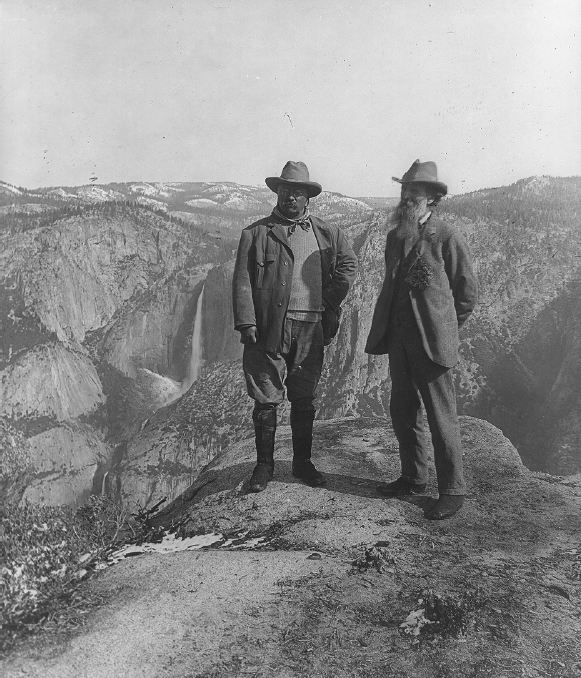Exploring American Histories: Printed Page 605
Exploring American Histories, Value Edition: Printed Page 498
Conservation and Preservation of the Environment

The penchant for efficiency that characterized good government progressivism also shaped progressive efforts to conserve natural resources. As chief forester in the Department of Agriculture, Gifford Pinchot emphasized the efficient use of resources and sought ways to reconcile the public interest with private profit motives. His approach often won support from large lumber companies, which had a long-term interest in sustainable forests. Large companies also saw conservation as a way to drive their smaller competitors out of business, as large companies could better afford the additional costs associated with managing healthy forests.
This gospel of efficiency faced a stiff test in California. After the devastating earthquake of 1906, San Francisco officials, coping with water and power shortages, asked the federal government to approve construction of a hydroelectric dam and reservoir in Hetch Hetchy valley, located in Yosemite National Park. The pragmatic Pinchot supported the project because he saw it as the best use of the land for the greatest number of people. The famed naturalist John Muir, who had spearheaded the establishment of Yosemite, strongly disagreed. He campaigned to save Hetch Hetchy from “ravaging commercialism” and warned against choosing economic gains over spiritual values. “Dam Hetch Hetchy!” Muir exclaimed. “As well dam for water-tanks the people’s cathedrals and churches, for no holier temple has ever been consecrated by the heart of man.” After a bruising seven-year battle, Pinchot (by this time a private citizen) triumphed. Still, this incursion into a national park, the first since the system was initiated in 1872 with Yellowstone National Park, helped spur the development of environmentalism as a political movement.
Besides the clash with preservationists, the Hetch Hetchy Dam project reveals another aspect of the progressive conservation movement. Like progressives who focused on urban and political issues, progressive conservationists had a racial bias. Conservationists such as Pinchot may have seen themselves as acting in the public interest, but their definition of “the public” did not include all Americans. In planning for the Hetch Hetchy Dam, progressives did not consult with the Mono Lake Paiutes who lived in Yosemite and who were most directly affected by the project. Conservation was meant to serve the interests of white San Franciscans and not those of the Indian inhabitants of Yosemite.
Review & Relate
|
Who gained and who lost political influence as a result of progressive reforms? |
How did a commitment to greater efficiency shape progressives’ political and environmental initiatives? |